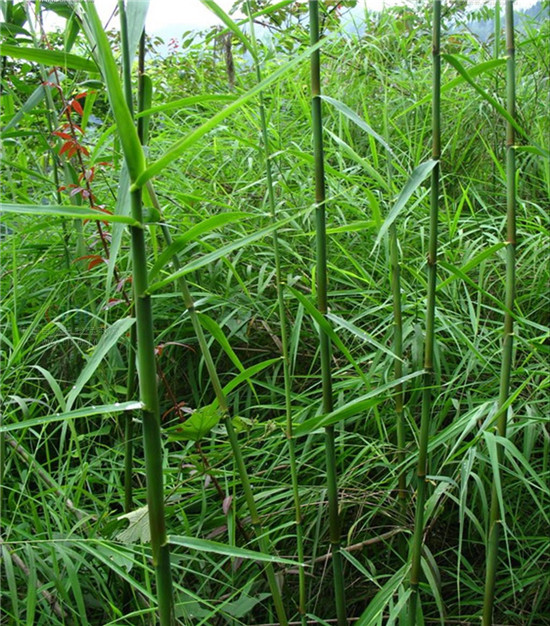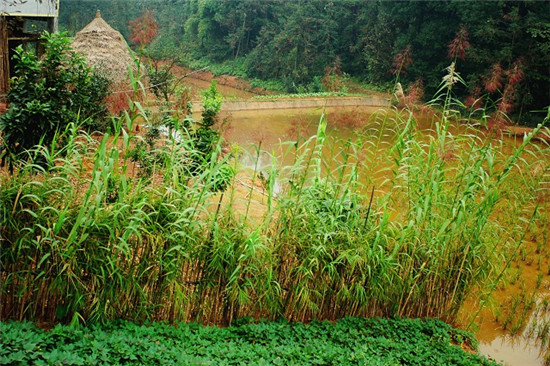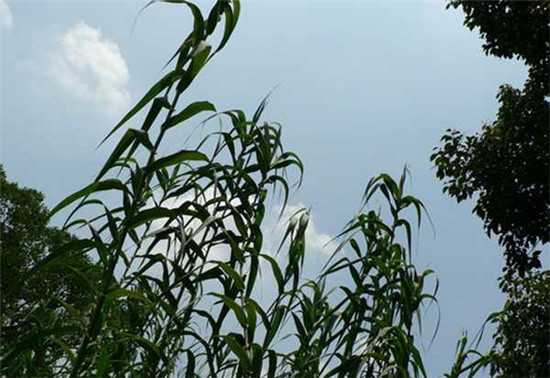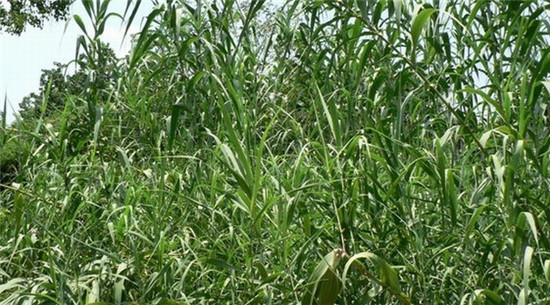Daily maintenance of asparagus
Asparagus is a perennial plant of Liliaceae. Let's learn more about this plant.

Asparagus young stem unearthed green after light, called green asparagus, mainly for fresh food, soil softening is white, called white asparagus, mostly used as canned food raw materials. Asparagus contains protein, fat, calcium, iron and a variety of vitamins. It is a valuable vegetable with delicious taste, rich nutrition and high medicinal value. It can lower blood pressure and prevent cardiovascular, urinary and lymphoid diseases. It has a unique anti-cancer effect. It is a world-famous dish and medicine, and the products sell well at home and abroad.
Asparagus is easy to cultivate and easy to manage. At the same time, asparagus can be harvested continuously for 10-15 years, growing throughout the year in the south and dormant in winter in the north. Asparagus will continue to grow in the second year. Asparagus has strong adaptability, easy cultivation and lax temperature requirements. The underground part can withstand the low temperature of-20 ℃ in the soil in winter and the high temperature of 35-37 ℃ in the growing period. It also has the advantages of less labor, convenient management and high yield in cultivation.

Asparagus has a strong adaptability to temperature. it is resistant to both cold and heat, and can be cultivated from subcold zone to subtropical zone. But it is most suitable for temperate cultivation with distinct seasons and pleasant climate. In the alpine zone, when the temperature is-33 ℃ and the thickness of permafrost reaches 1 meter, it can still survive the winter safely, although the yield is low, but the quality is good. The initial germination temperature of asparagus seeds was 5 ℃, and the optimum temperature was 25-30 ℃, which was higher than 30 ℃. The germination rate and germination energy decreased obviously. Seed propagation can grow continuously for more than 10 years. The shoot withered in the cold area in winter, and the rhizome and fleshy root entered the dormant period to overwinter, while in the warm area in winter, the dormancy period was not obvious. The dormant period is extremely resistant to low temperature.
When the soil temperature rose above 5 ℃ in spring, the scale buds began to sprout, the stems above 10 ℃ began to elongate, 15-17 ℃ was the most suitable for bud formation, the buds above 25 ℃ were thin and weak, the scales spread and the tissue aged, the buds elongated fastest at 30 ℃, and the plant growth of 35-37 ℃ was inhibited and even withered into summer dormancy. The optimum temperature for photosynthesis of asparagus is 15-20 ℃. When the temperature is too high, the photosynthetic intensity is greatly weakened, the respiration is enhanced, and the photosynthetic productivity is reduced.

Asparagus sprouts new stems 2-3 times a year or more. The tender stem sprouted in spring is generally used for food, and its growth depends on the nutrient supply stored in the root in the previous year. The growth of tender stems and the formation of yield were positively correlated with the number of stems and the luxuriant degree of branches and leaves in the previous year. With the increase of plant age, the number of tender stems and yield increased year by year. With the continuous branching of the rhizome, the development of the plant cluster tended to decline, the aboveground stem became smaller and smaller, and the yield and quality of the tender stem gradually decreased. Generally, 4-10 years after planting is the peak period.
[scientific fertilization]
Skillful application of bud-promoting fertilizer: all organic fertilizer can be re-applied at one time, or 80% of the total amount can be applied. For a plot with an annual output of 1000 kg of asparagus per mu, 50 kg of asparagus special fertilizer (CL) 25-5-15 should be used, combined with loosening the soil of the bamboo shoot field in spring, 30 to 40 meters from the edge of the plant, and 10 meters of trench should be opened into the buried soil to seal.
Supplementary application of relay fertilizer: relay fertilizer must be applied many times in the 4 months of bamboo shoot picking period. The temperature at the initial stage of picking bamboo shoots is low and can be applied in trench soil. With the increase of air temperature, irrigation can be combined with irrigation and water can be used to adjust fertilizer. It is suggested that CL 25-5-15 asparagus special fertilizer should be applied per mu, and asparagus special water-soluble fertilizer should be applied in the later stage.
Heavy application of autumn fertilizer: after the end of picking asparagus, turn the stem to leave a tree, to re-apply autumn fertilizer, south-central Hebei is generally from late August to early September. 70 kg of CL 22-10-10 asparagus special fertilizer was applied per mu, and the remaining organic fertilizer was applied at the same time.

[pest control]
The main disease is asparagus stem blight. So far, there is no radical cure for the disease, only prevention.
Soil disinfection: that is, using 50% thiram powder 2kg, mixing fine soil 50kg, combined with phoxim granules or chlorpyrifos granules to kill underground pests, one-time application during soil preparation. It can also be applied in ditches or at acupoints.
Clear the garden thoroughly: the stems and branches of the aboveground part of the bamboo shoot field are transported out of the field and treated innocuously. Clearing the garden in winter and spring is as important as turning the stem to clear the garden in autumn.
Chemical root irrigation: the root can be irrigated with 45% Schenanin 300 times solution.
These are all the contents of the daily maintenance of asparagus that I have summarized for you. I hope this article can help you. Please continue to follow us.
Related
- Wuhan Hospital Iron Tree Blooming Result Was Instantly Frightened by the Gardener Master
- Which variety of camellia is the most fragrant and best? Which one do you like best?
- What is the small blue coat, the breeding methods and matters needing attention of the succulent plant
- Dormancy time and maintenance management of succulent plants during dormancy
- Minas succulent how to raise, Minas succulent plant pictures
- What are the varieties of winter succulent plants
- How to raise succulent plants in twelve rolls? let's take a look at some experience of breeding twelve rolls.
- Attention should be paid to water control for succulent plants during dormant period (winter and summer)
- Watering experience of twelve rolls of succulent plants
- Techniques for fertilizing succulent plants. An article will let you know how to fertilize succulent plants.



